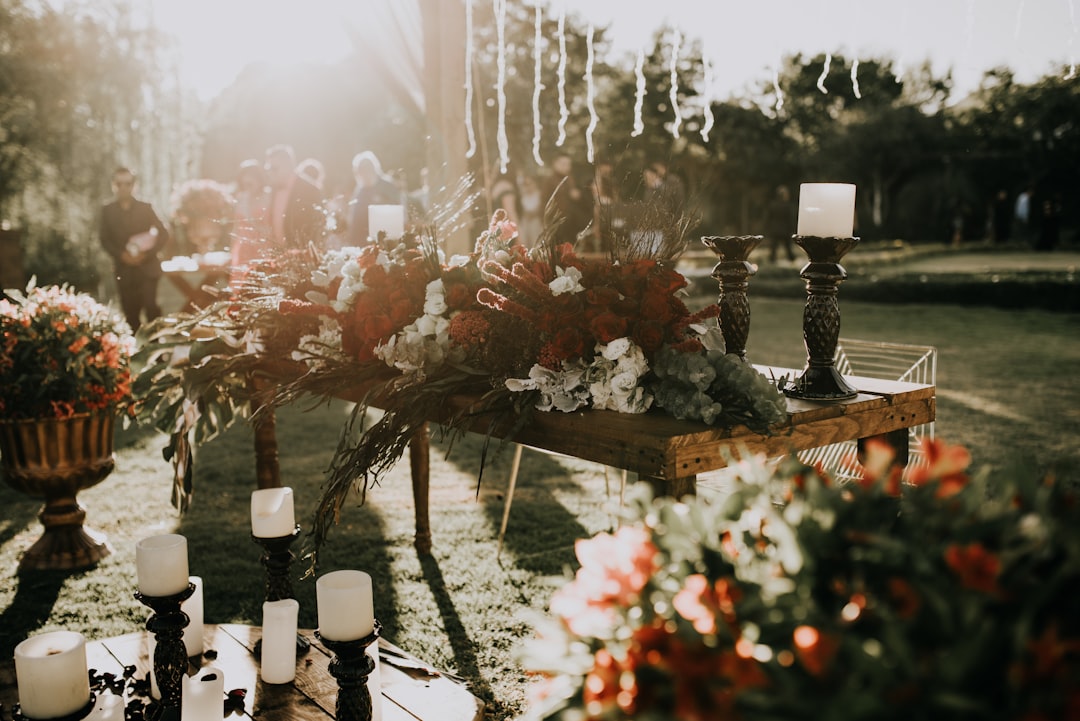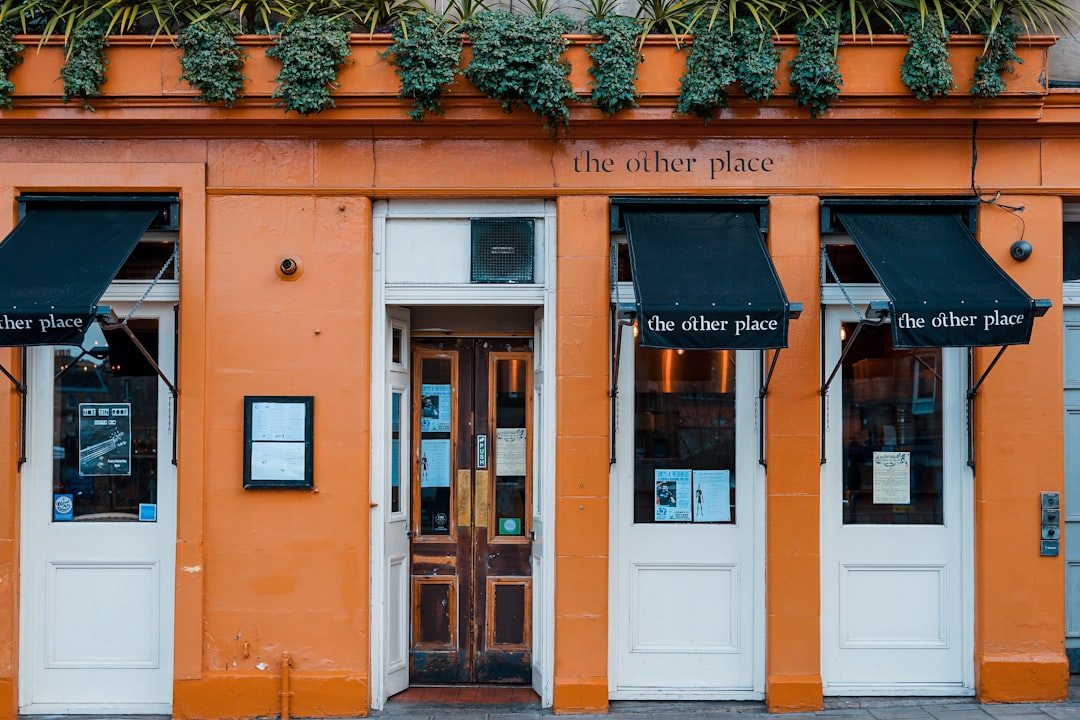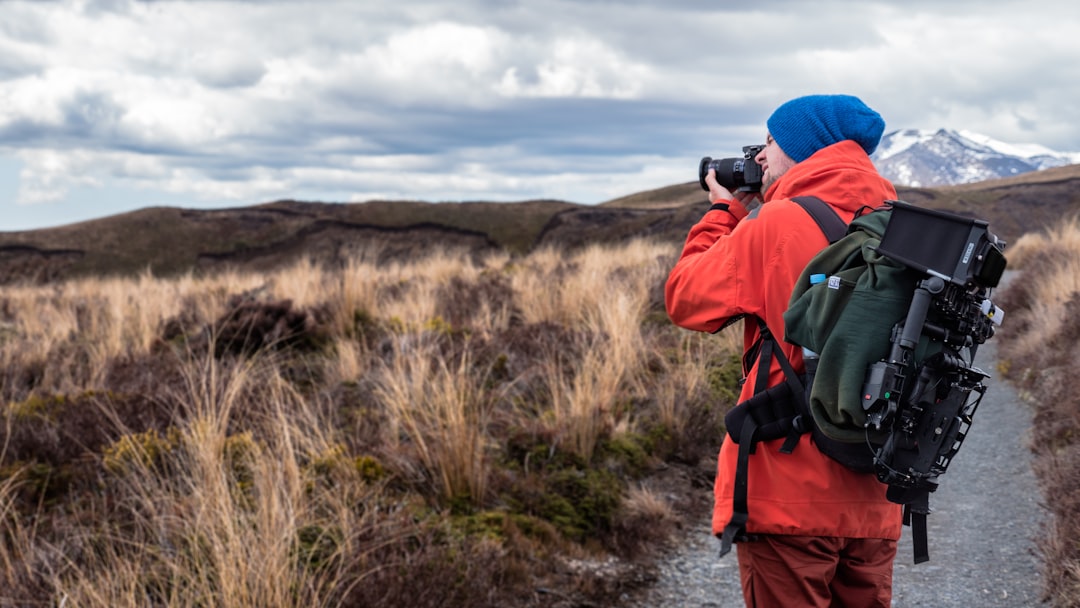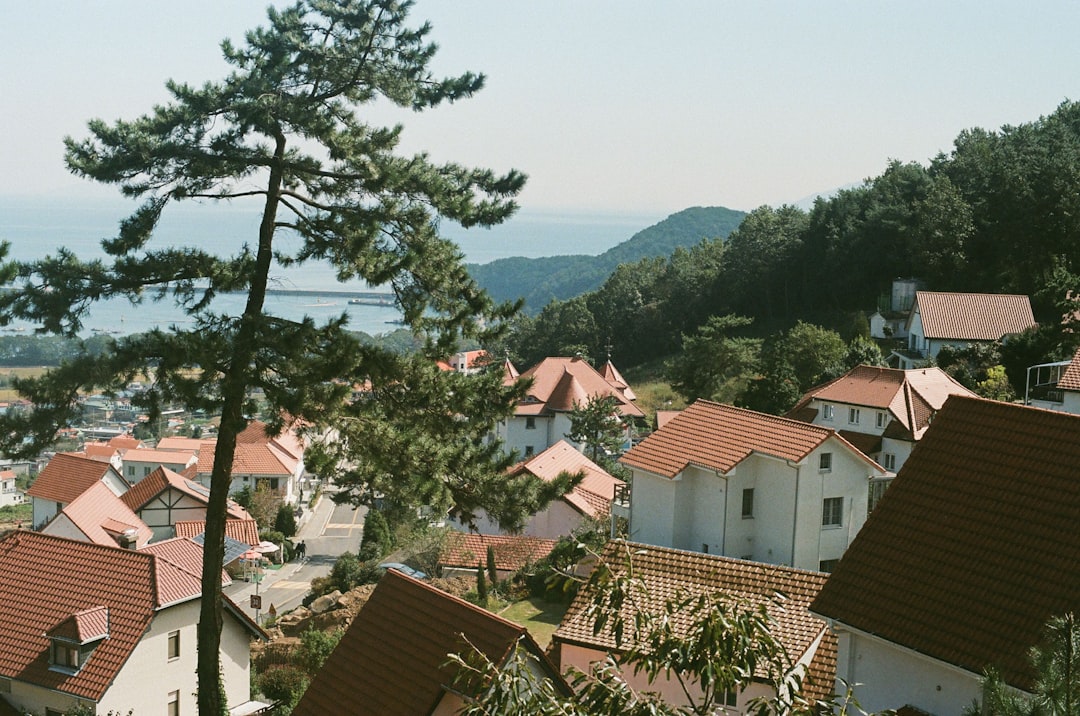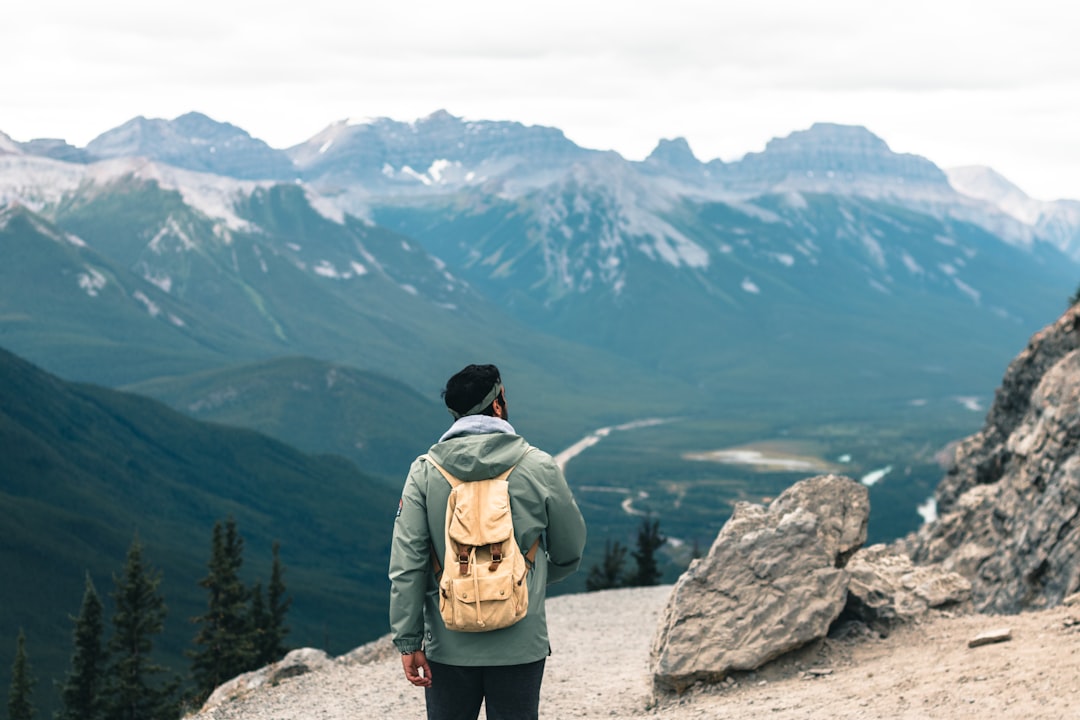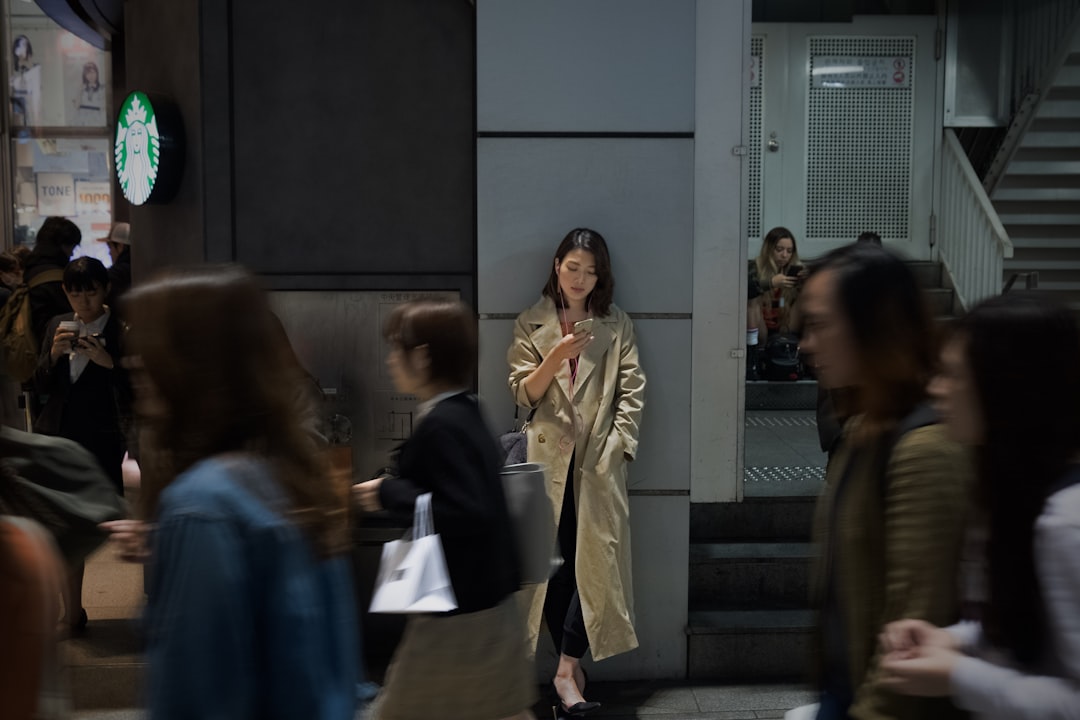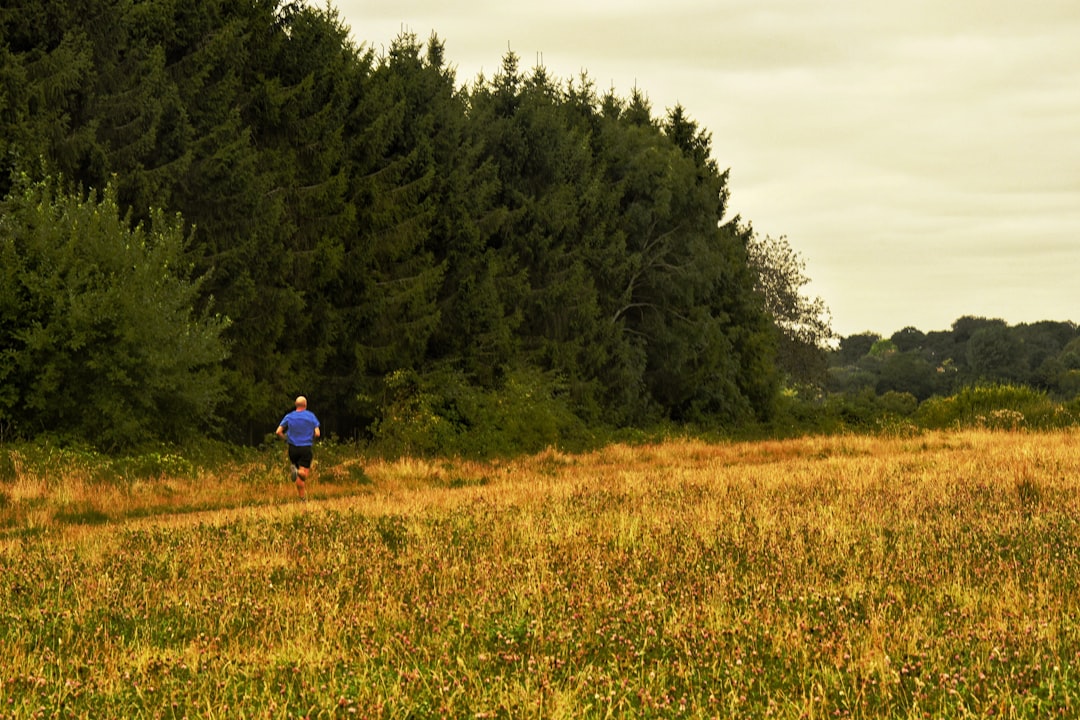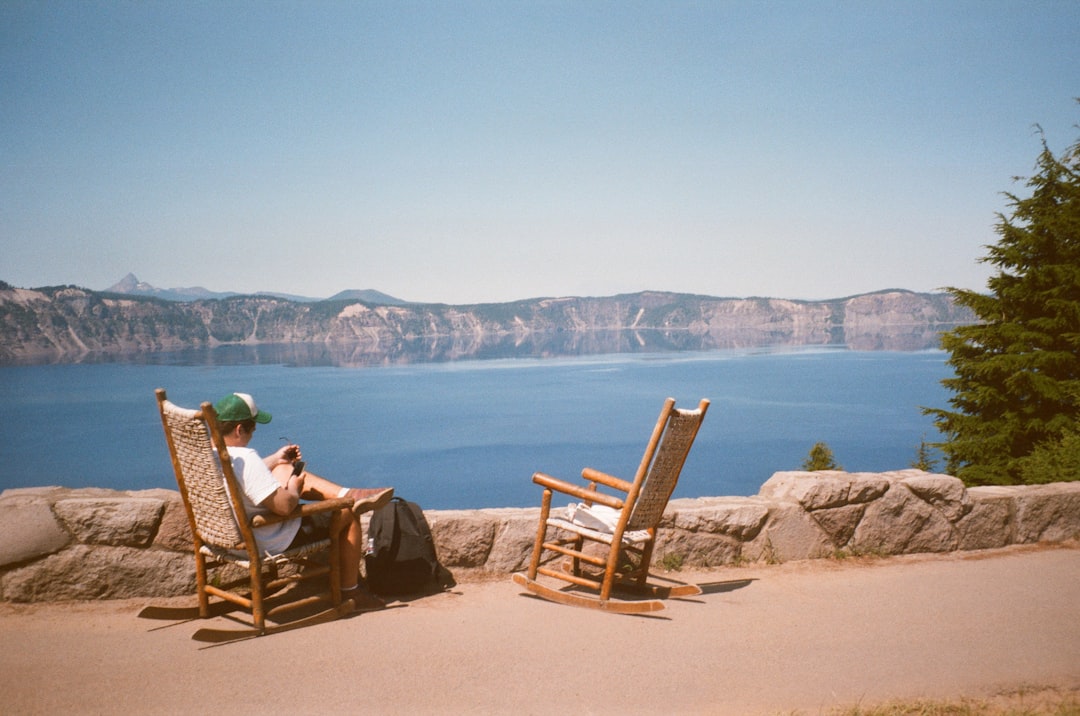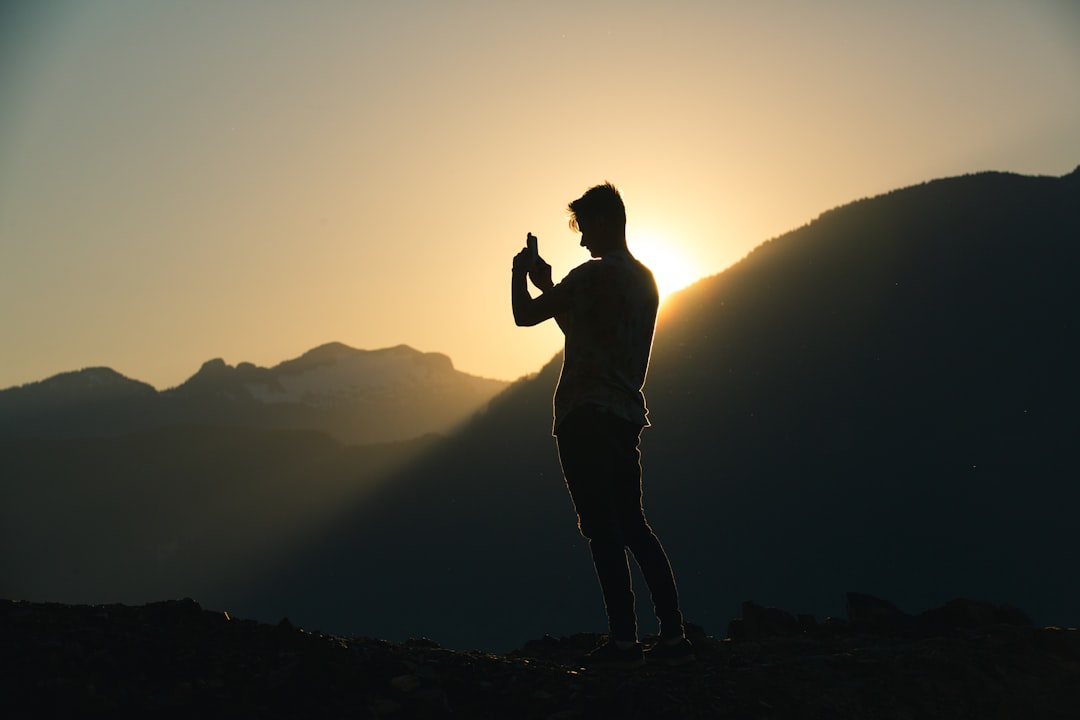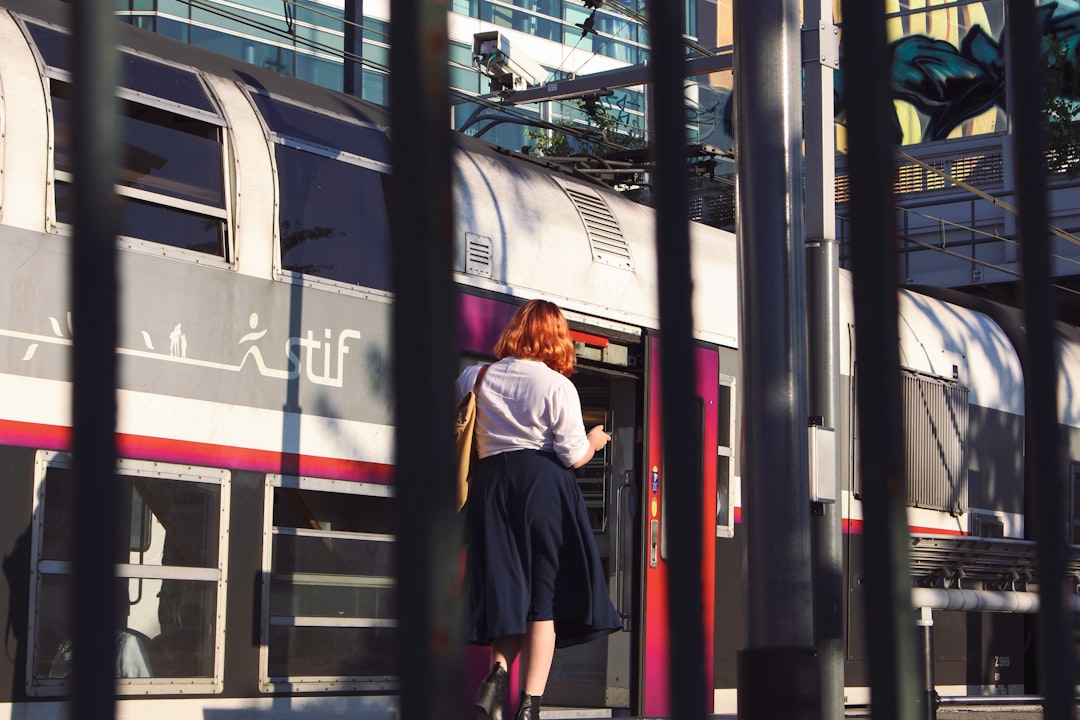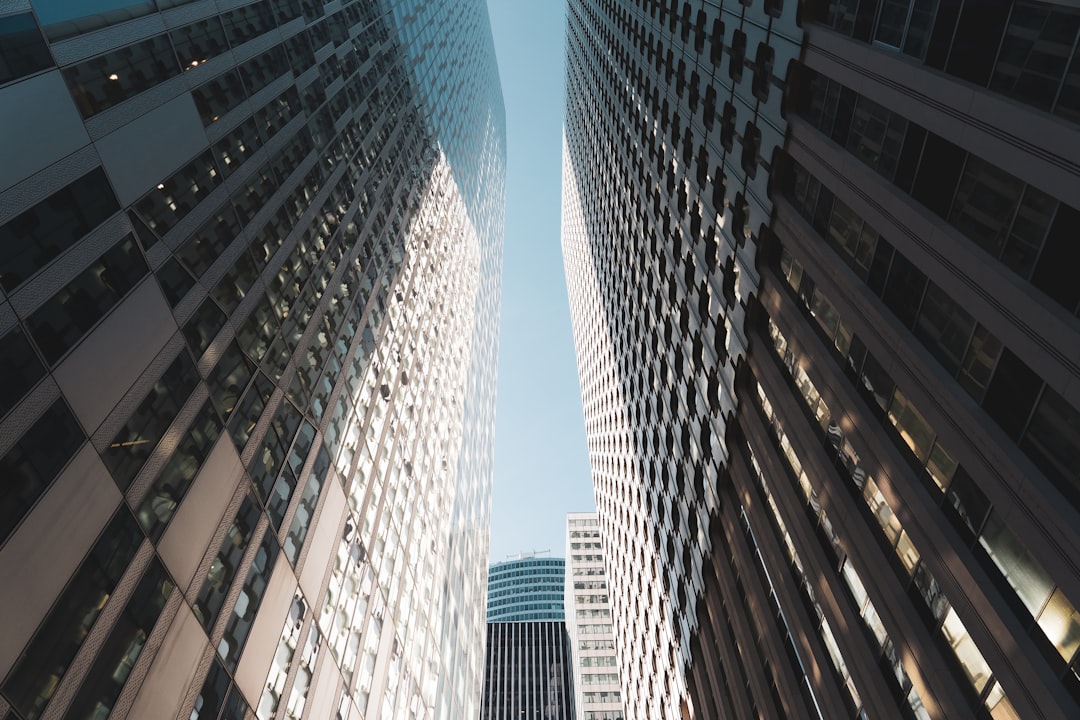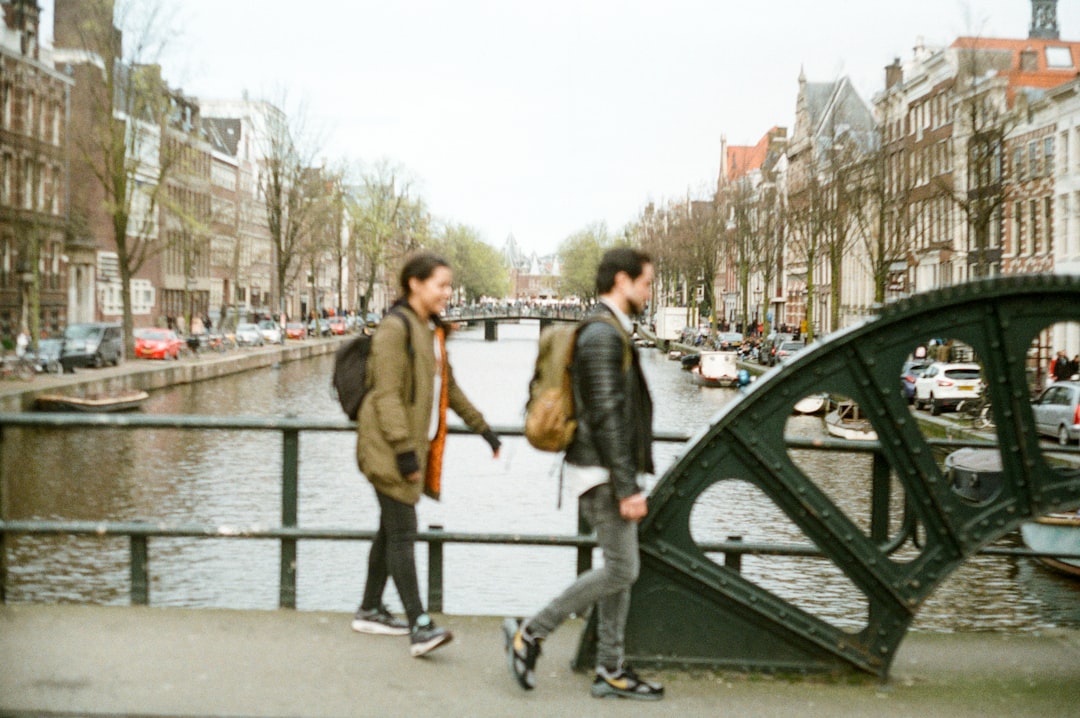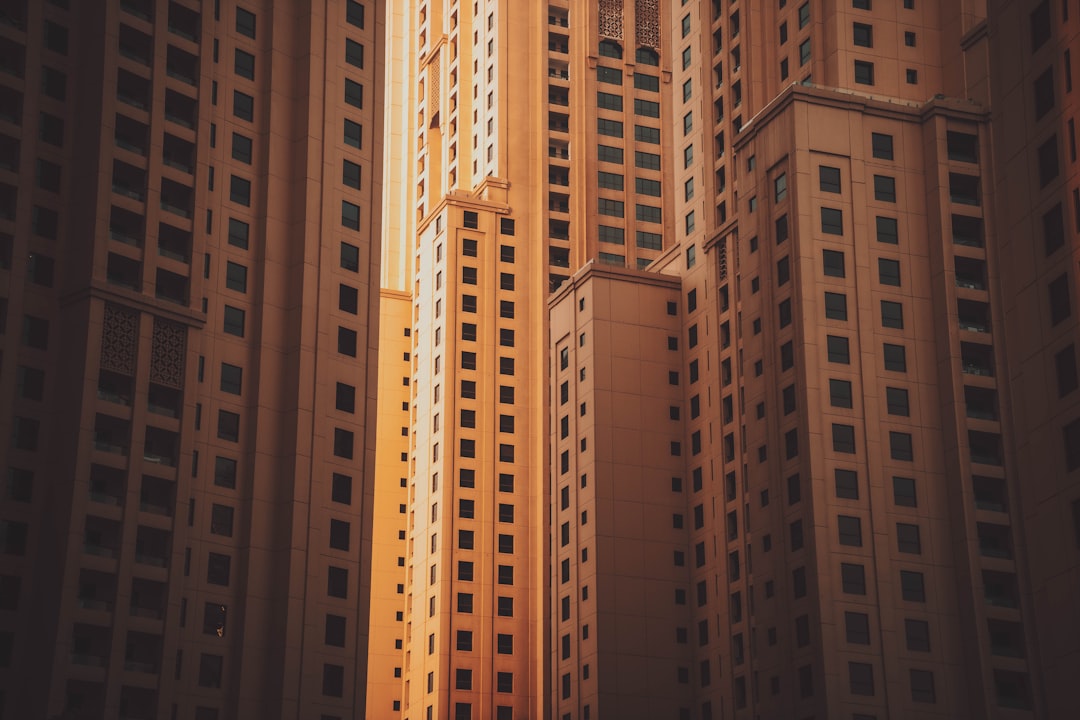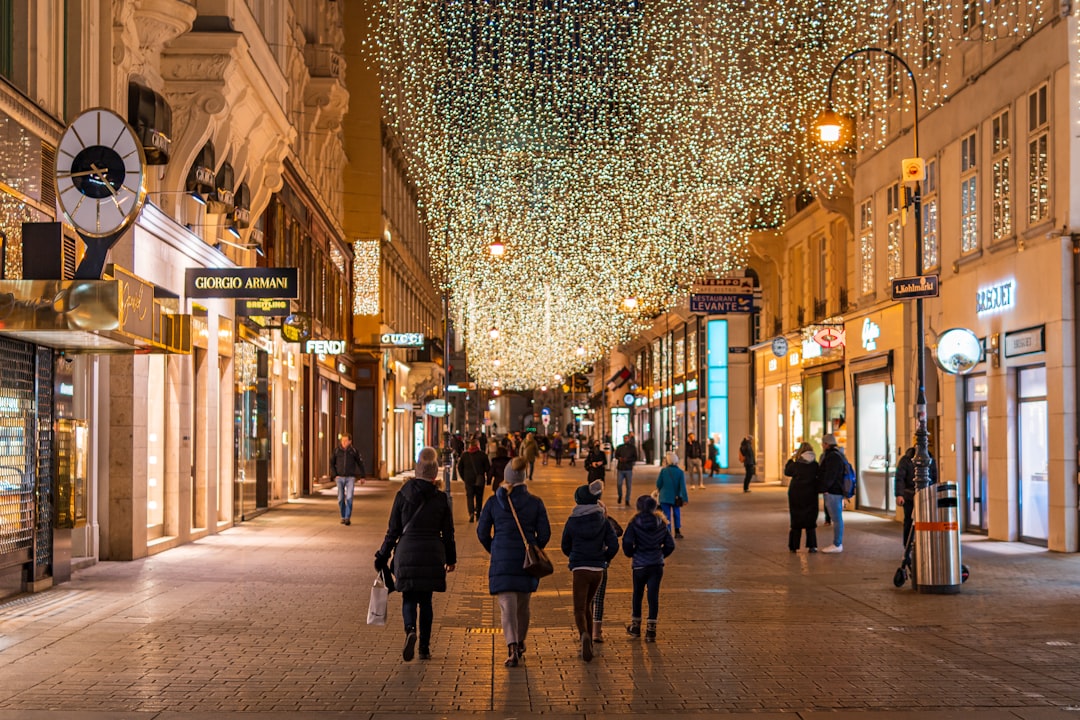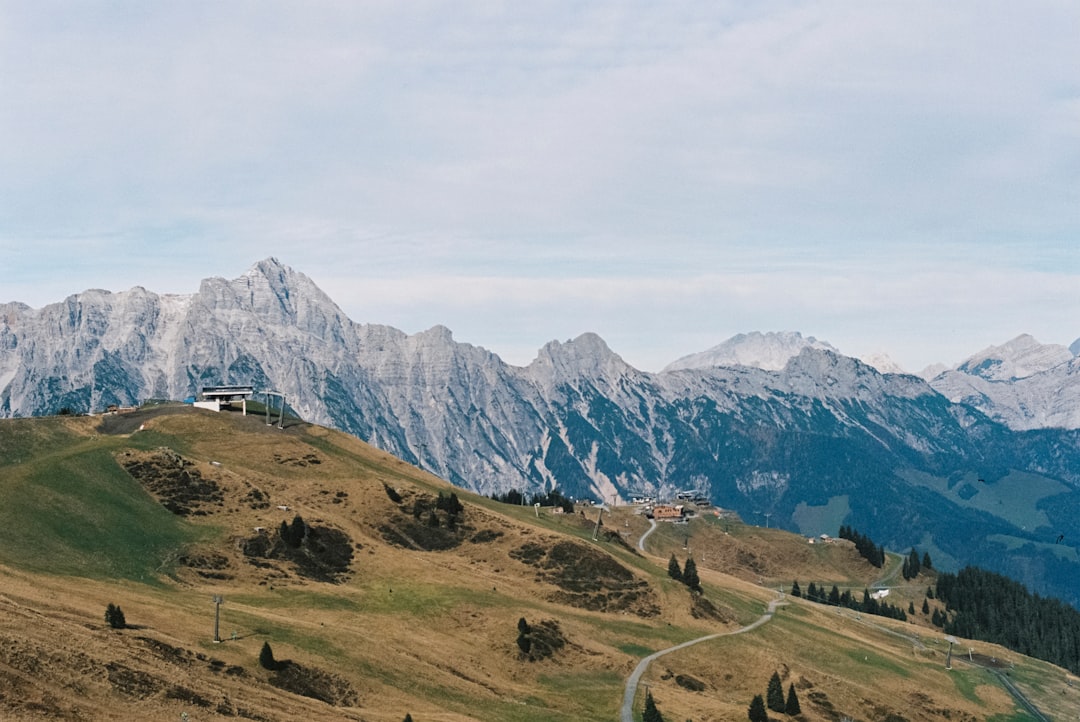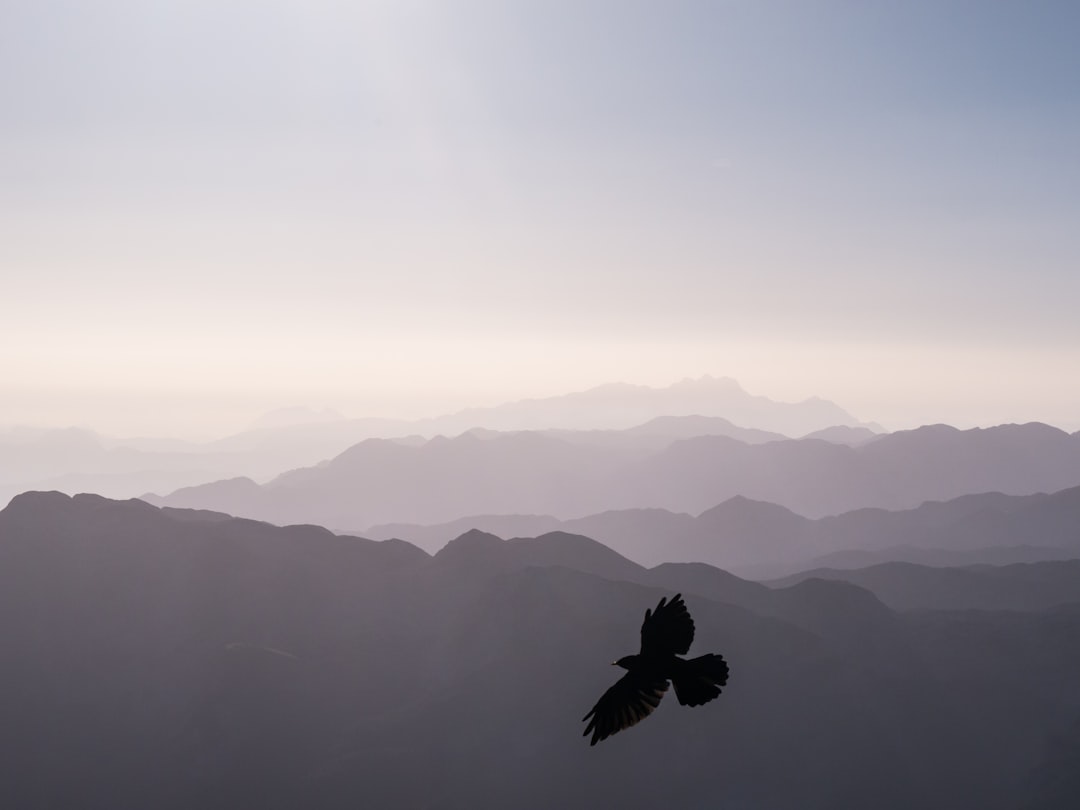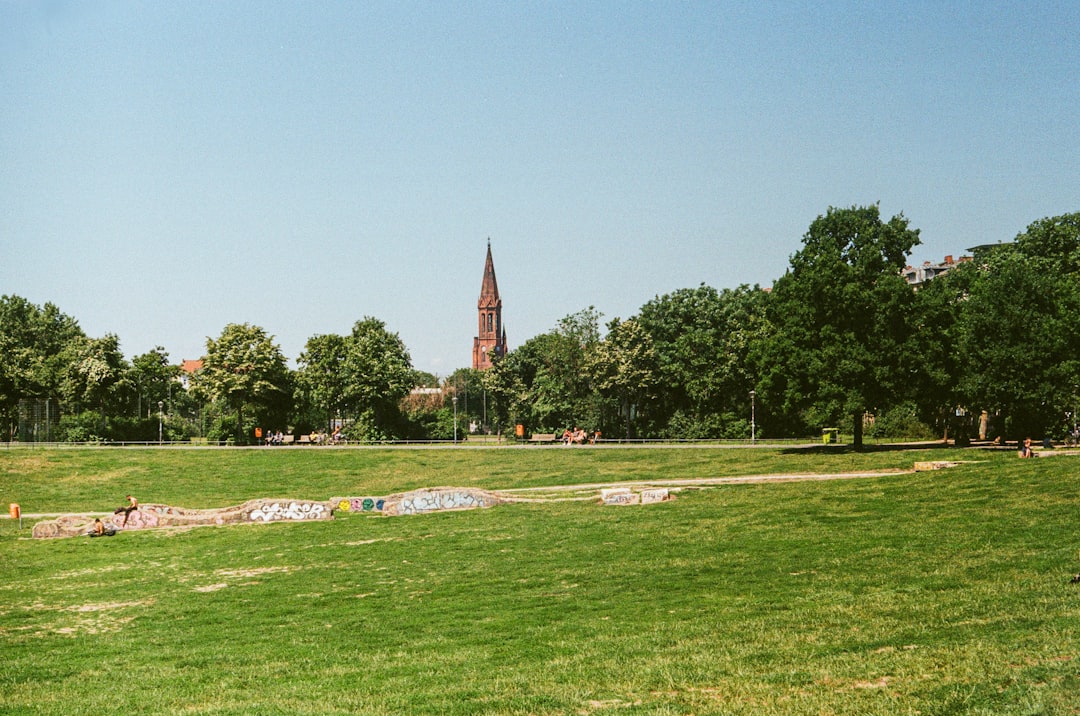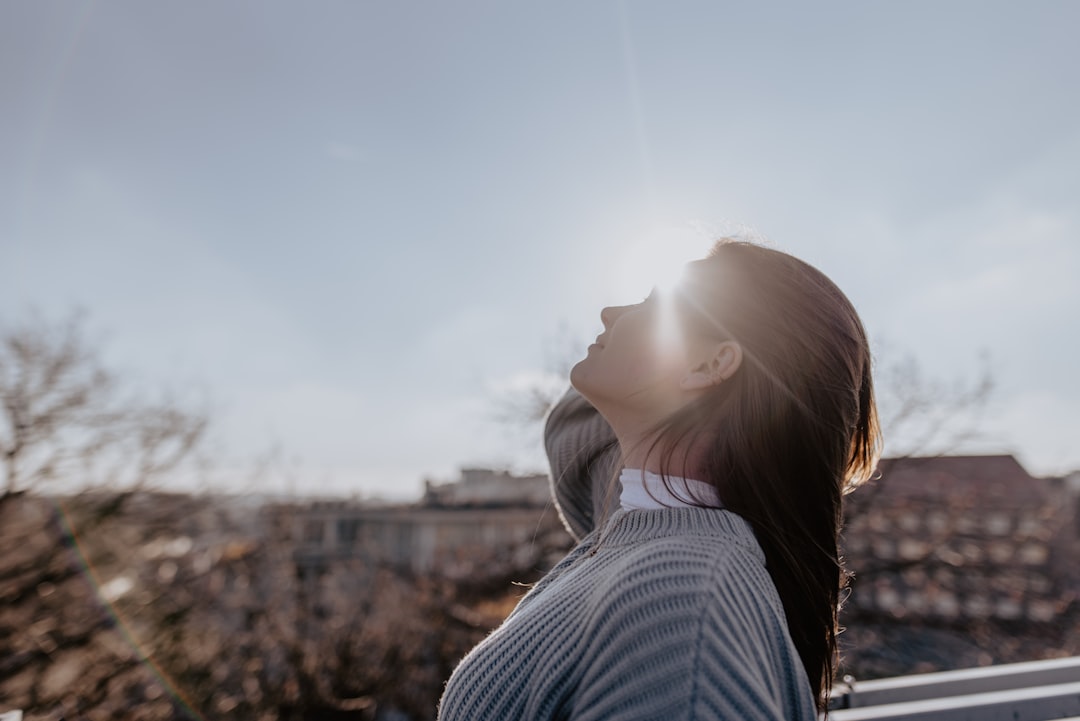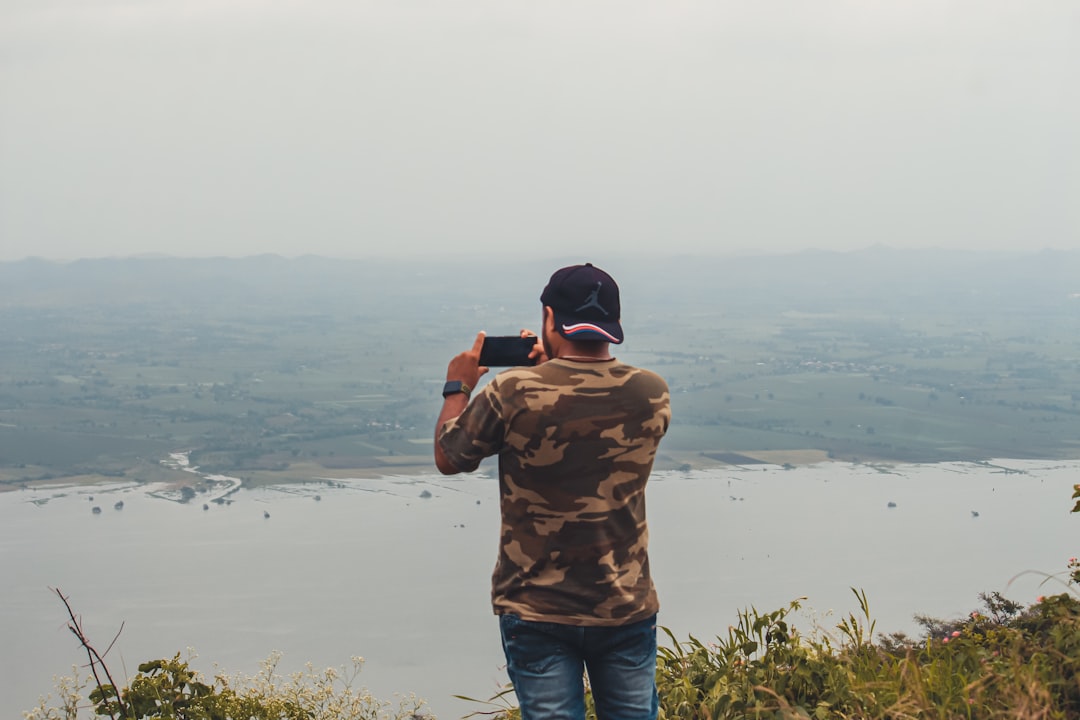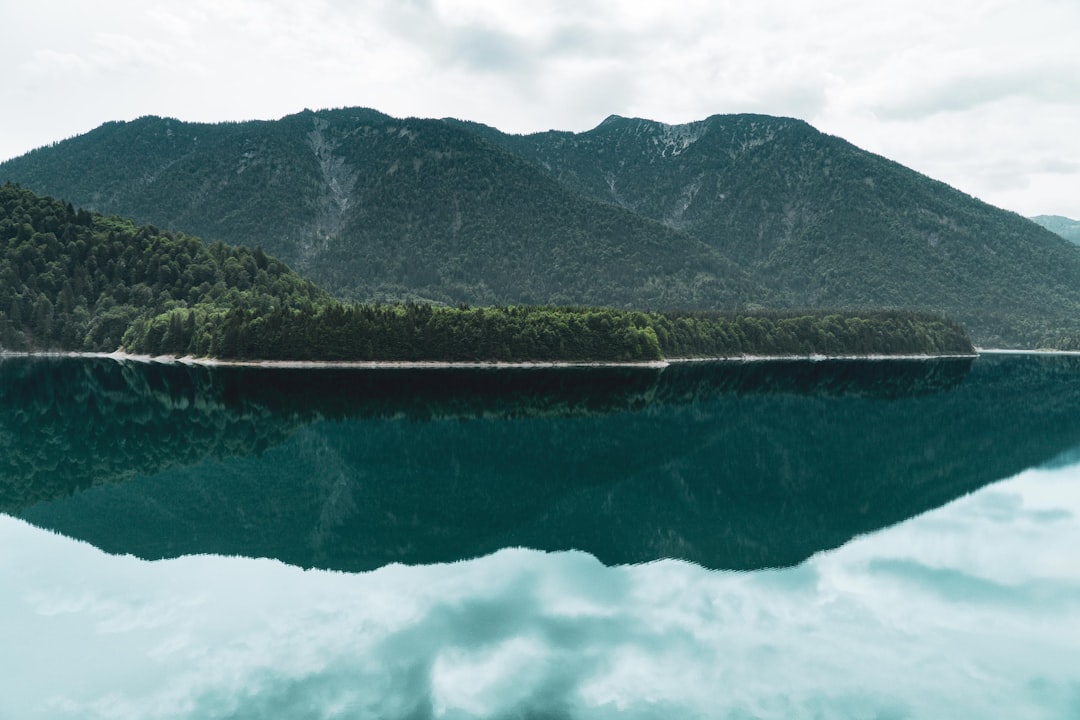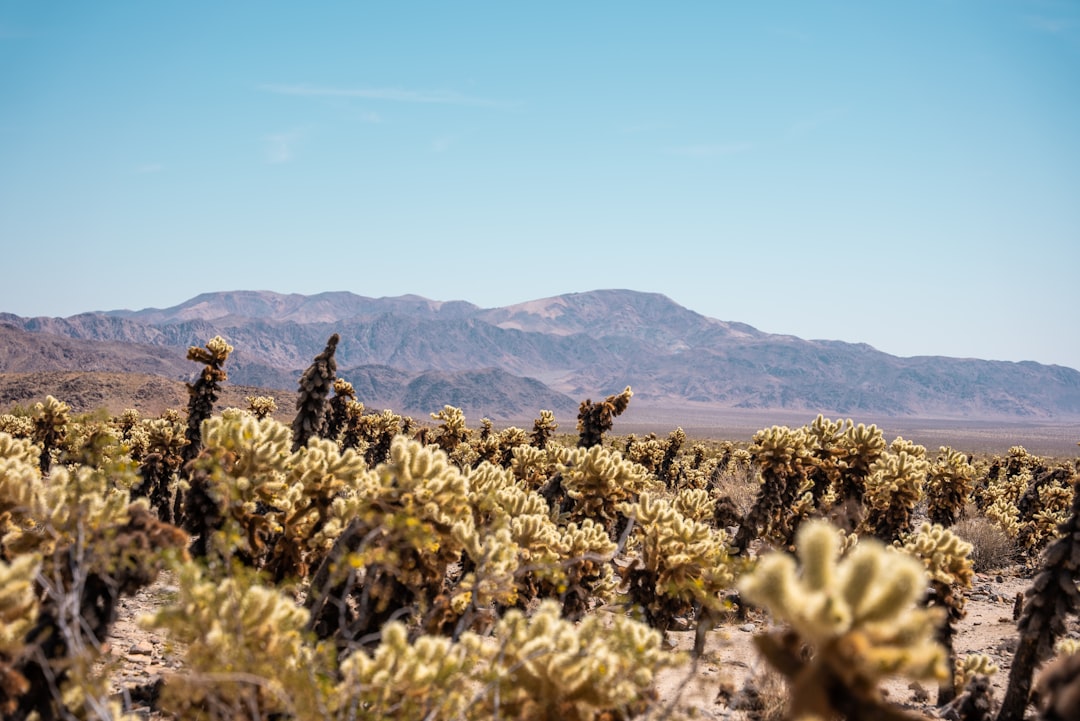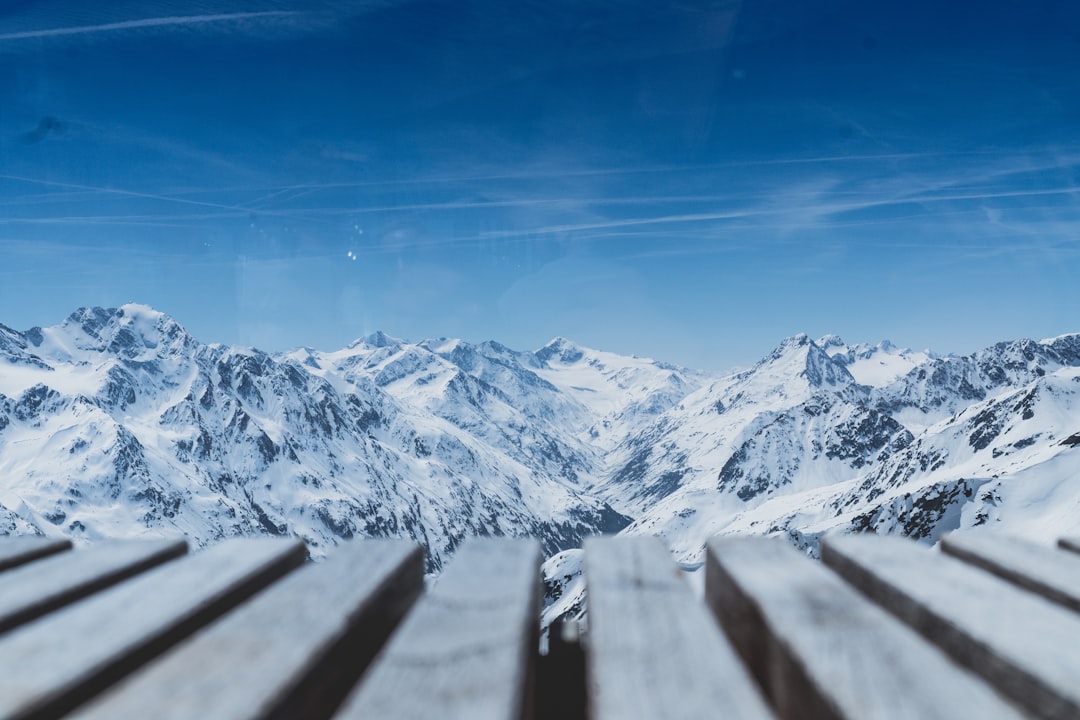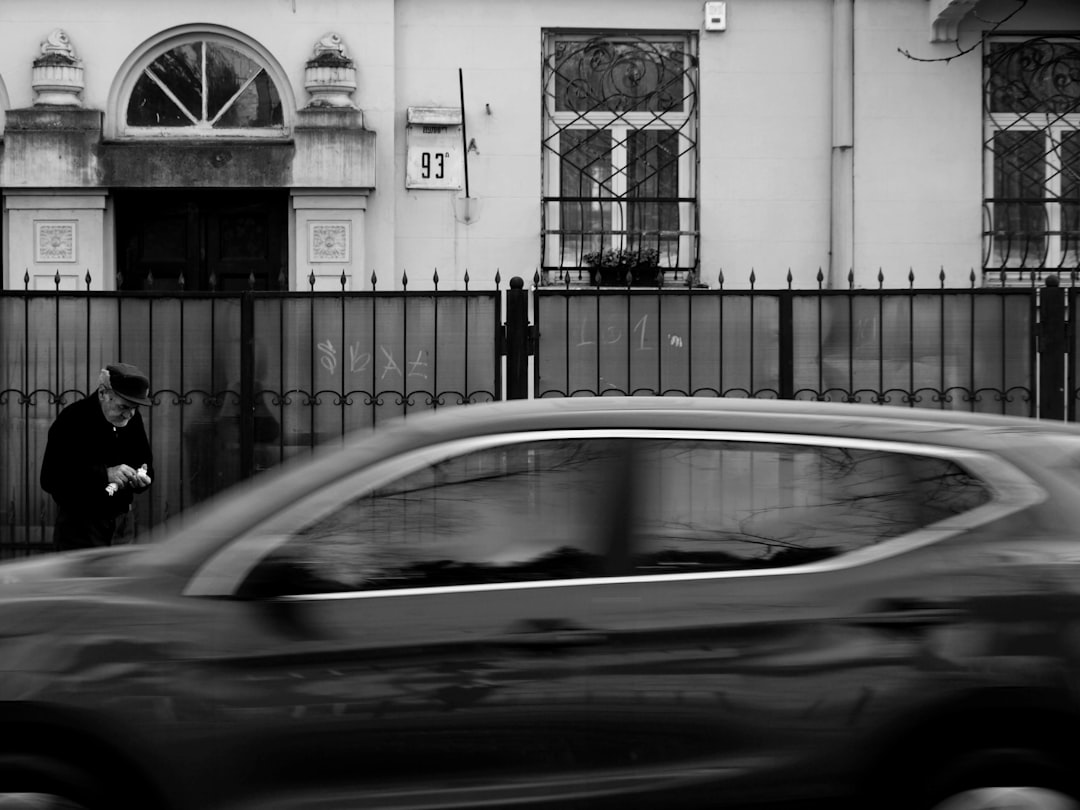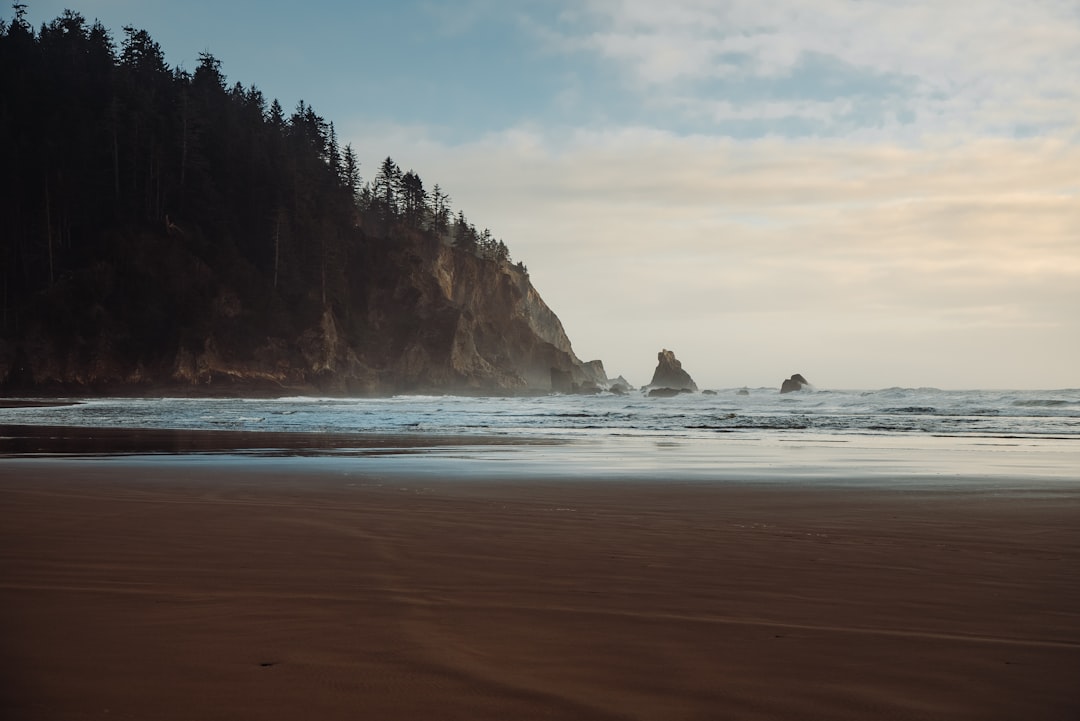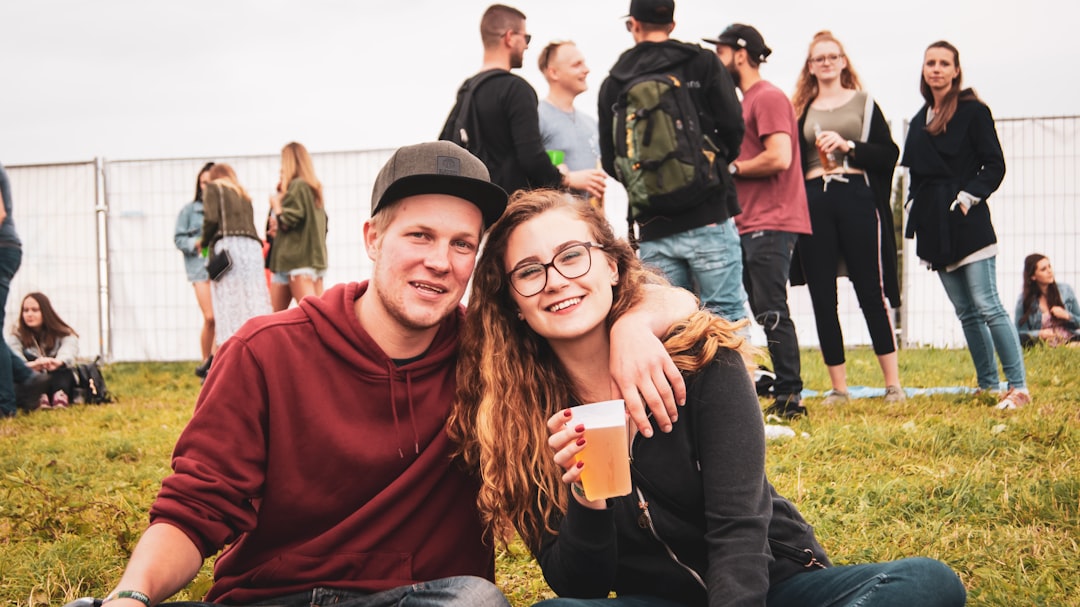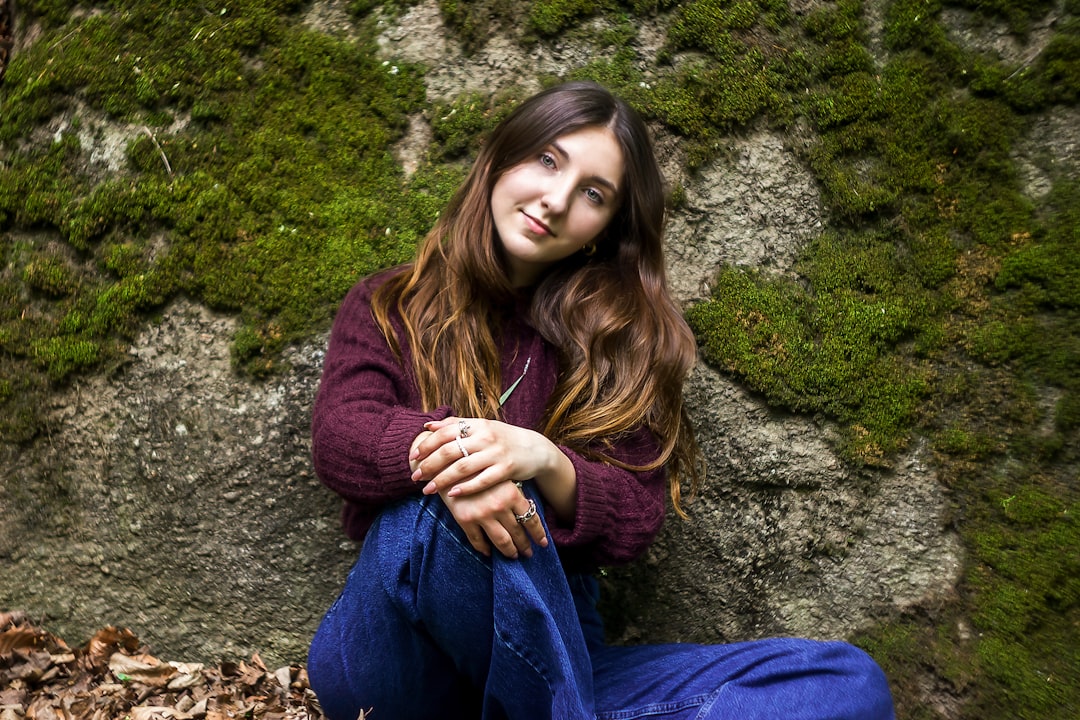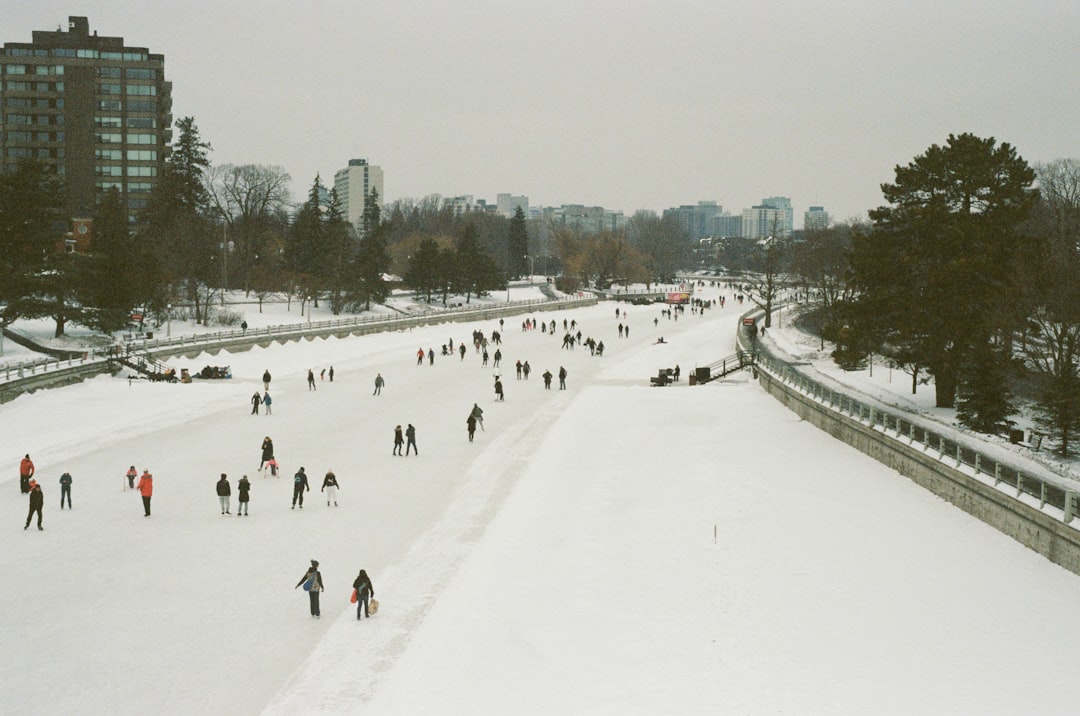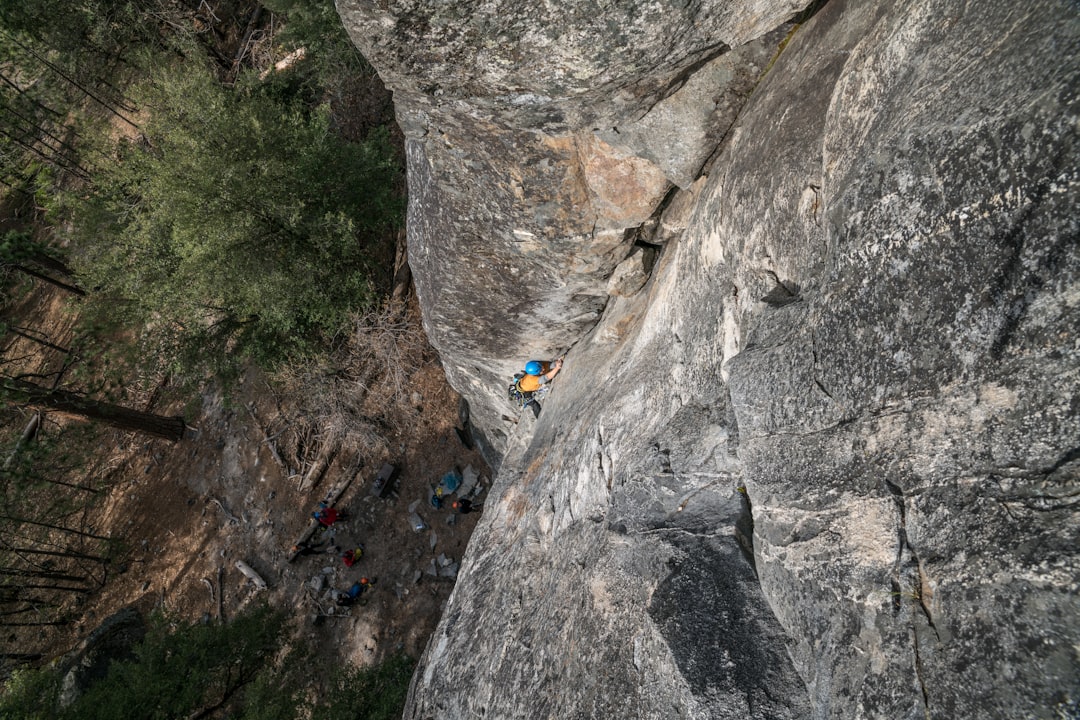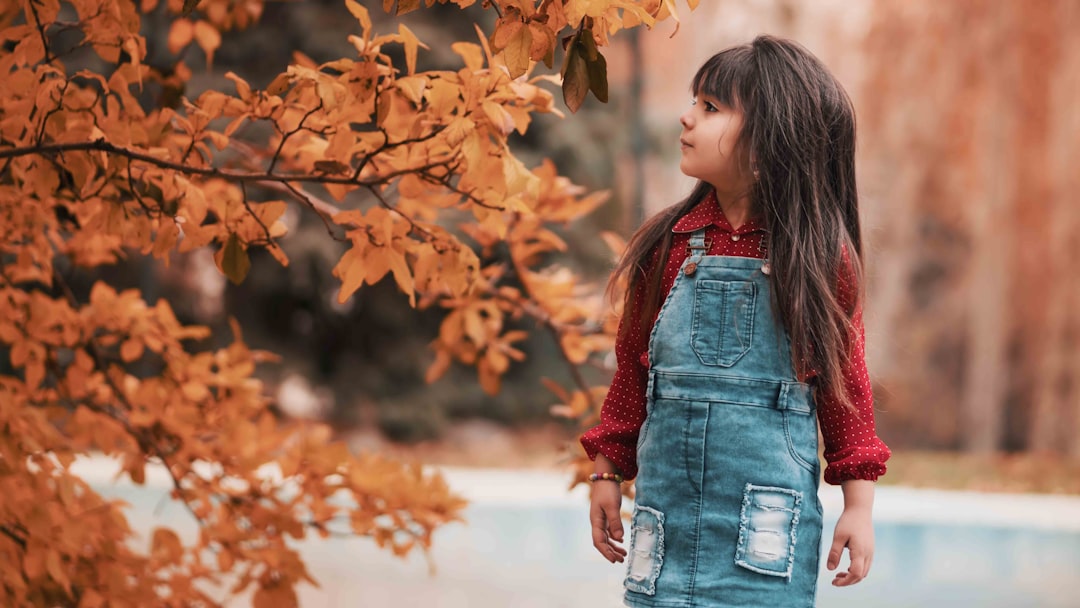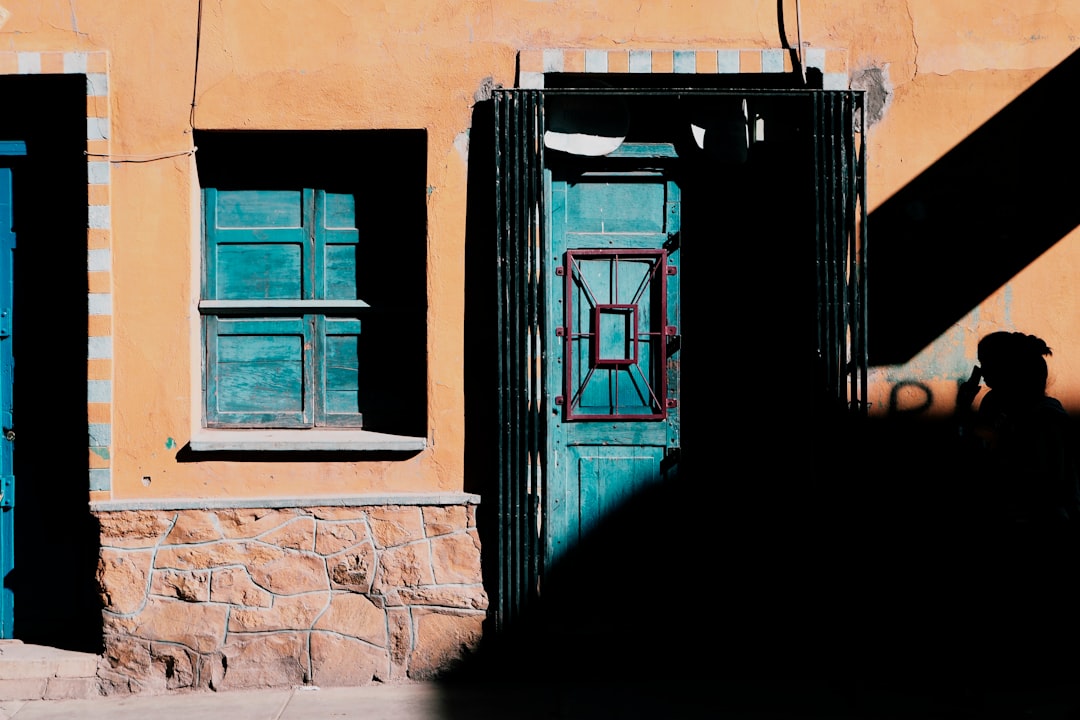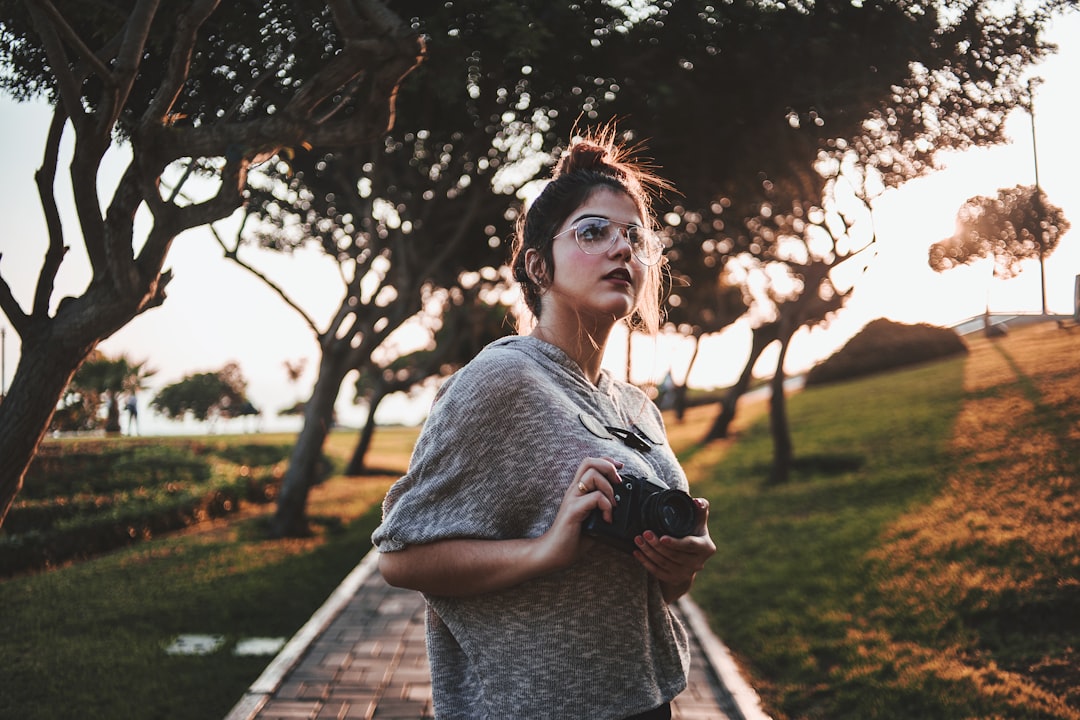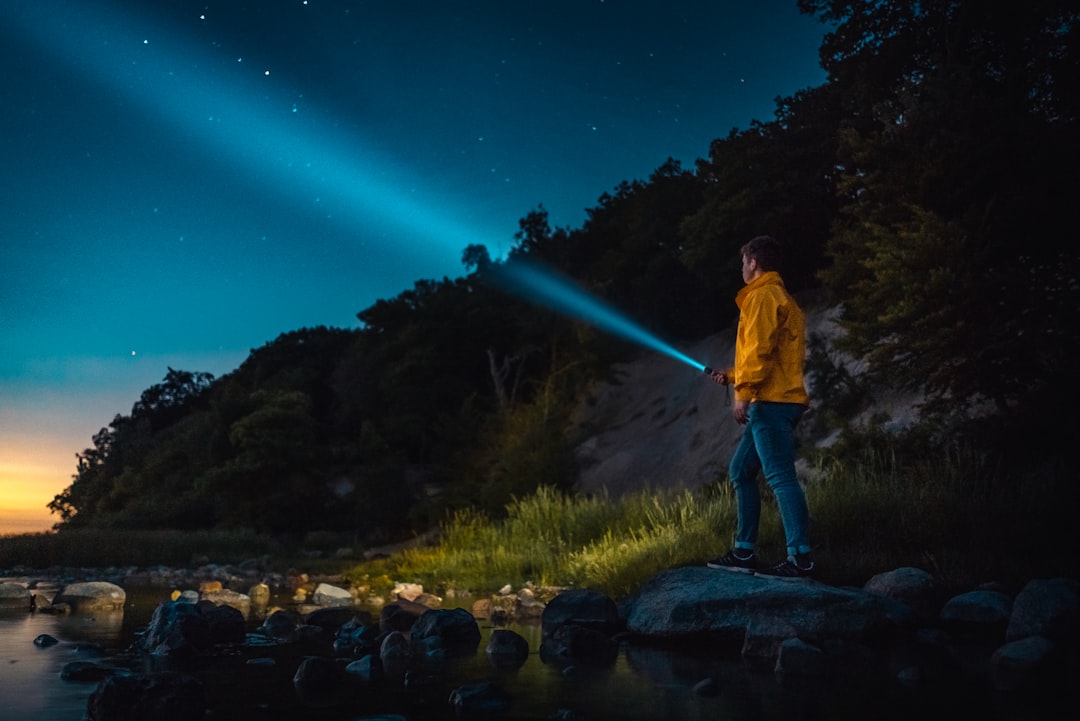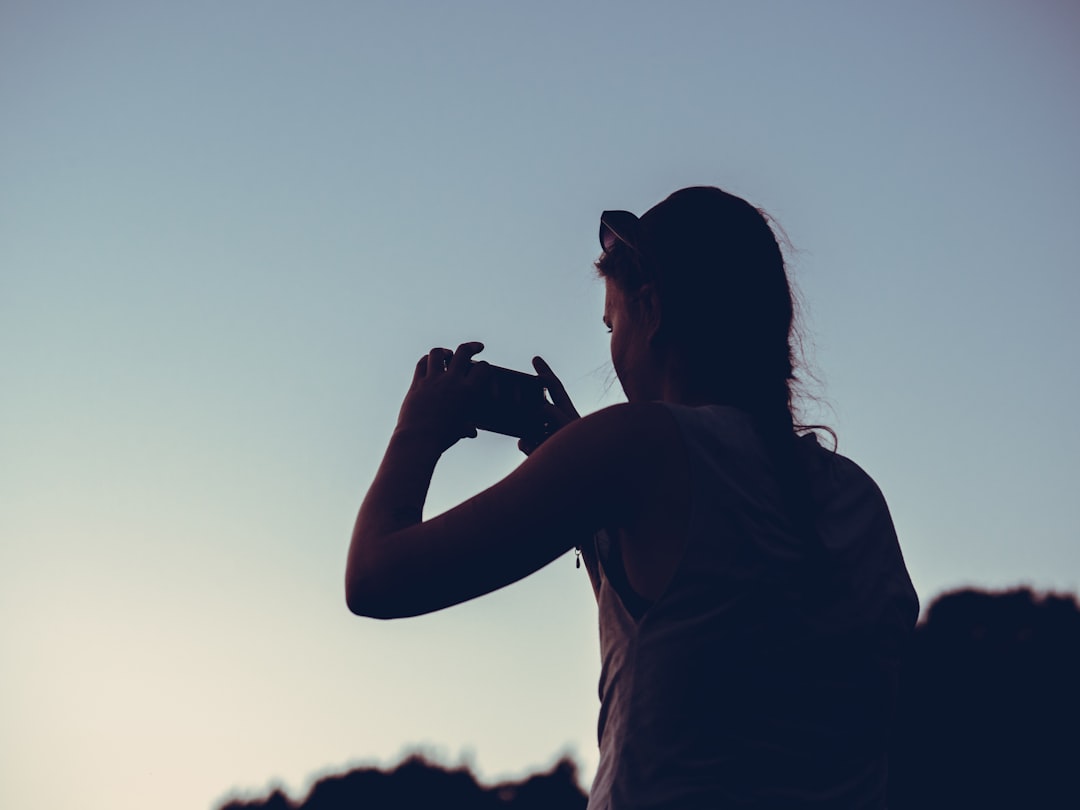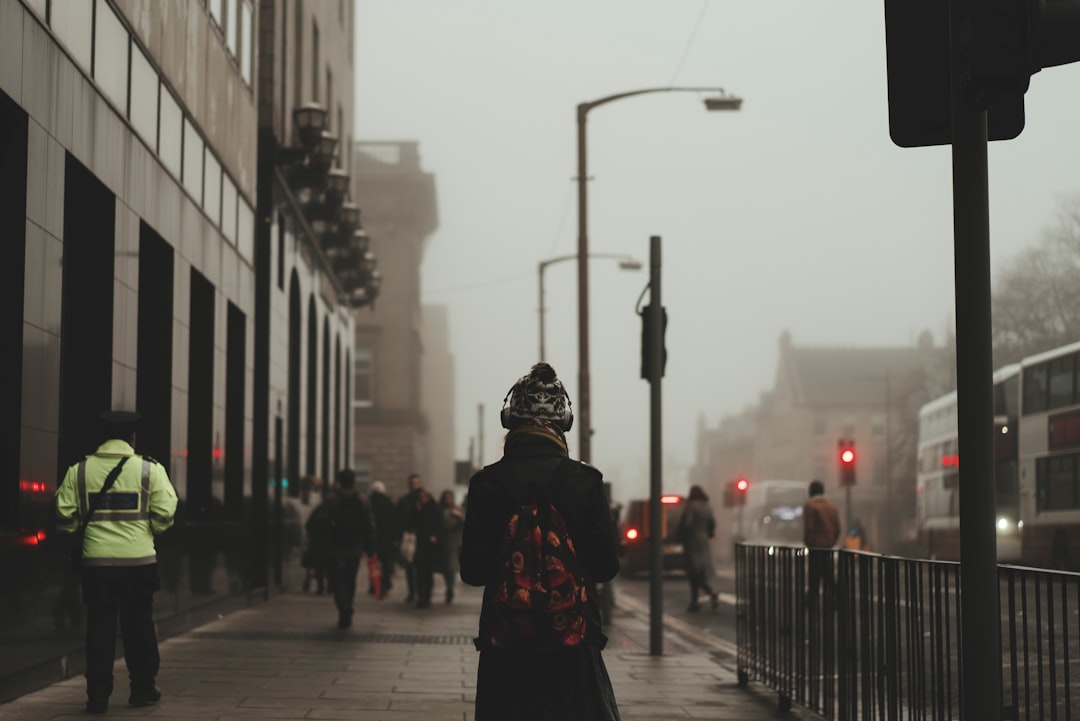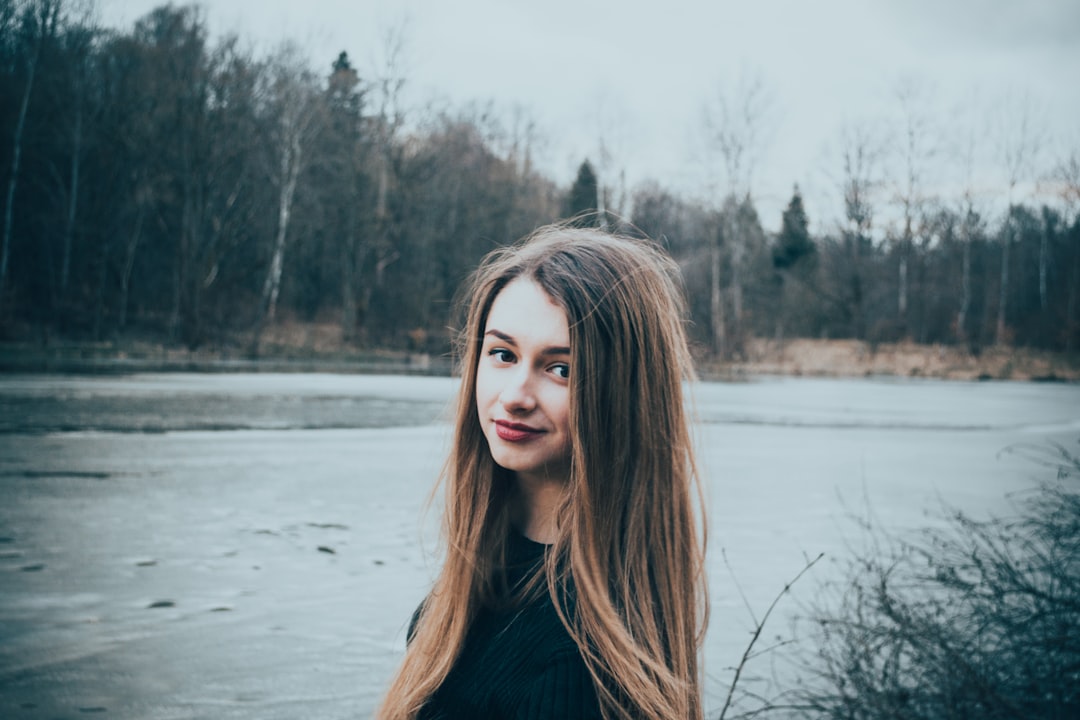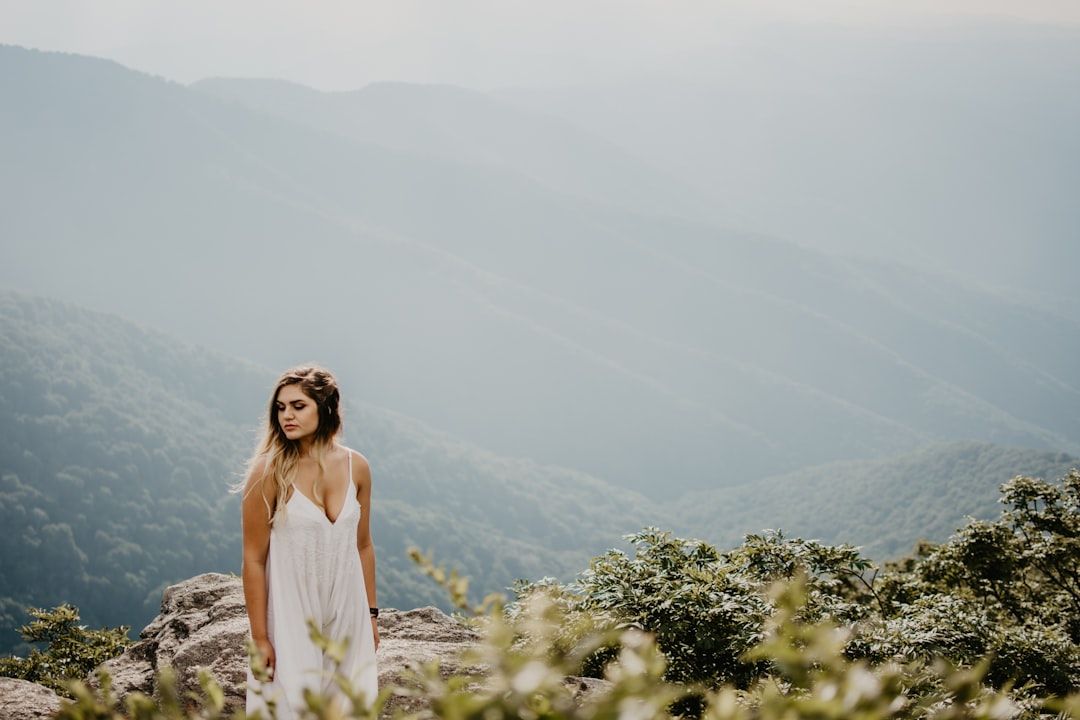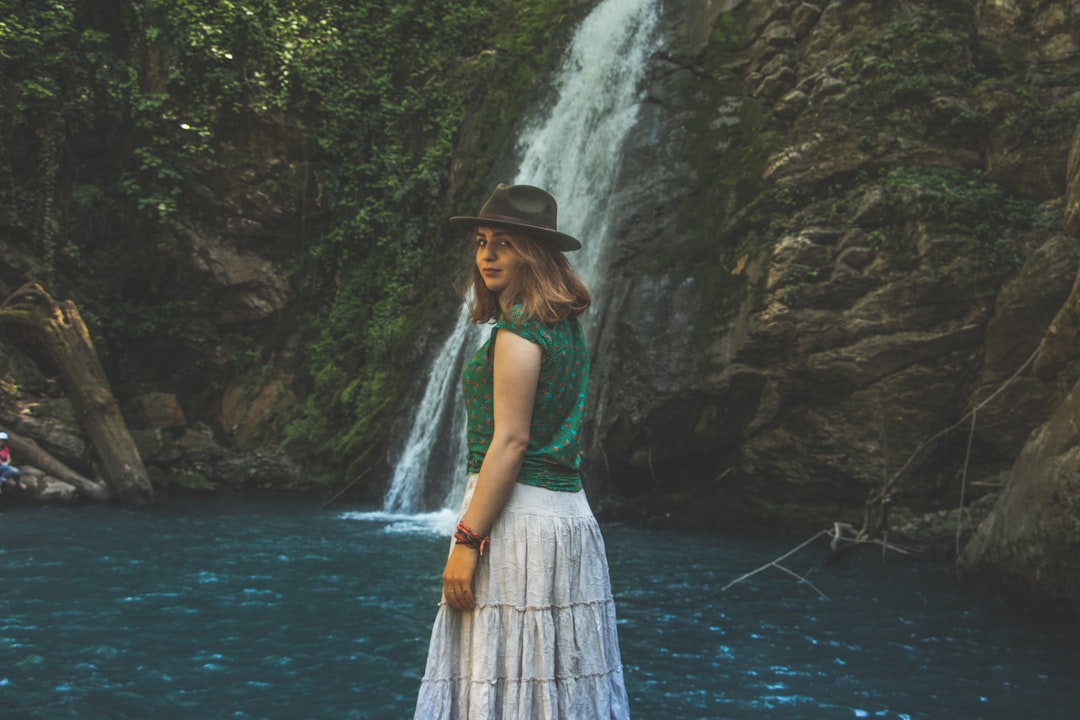The great outdoors offers plenty of scope for photographers to get creative. It can be a challenge to find the best spot for a particular shot, and knowing where to go is the first step to achieving excellent results. Here we offer our suggestions on where to look for inspiration.
Table of Contents
How do you take good outdoor photos?
Find your favorite natural beauty spots
The places that inspire you are the ones that hold a special memory for you. These may be places that you went to as a child or somewhere you found when you were a young adult. They might be places you visited as an adult or in later years, and they could be any number of local spots, from countryside walks to city views.
Try using a tripod
To take stunning shots it’s important to use a tripod whenever possible, especially when the sun is low in the sky and the shutter speed is slow (for example, 1/30th). Tripods allow you to use longer exposures to capture the effects of light changing as it moves across the landscape. This can produce some wonderful results. You also need a tripod to get sharp images when you’re shooting from a moving vehicle.
Monopod vs. Tripod: When and Why to Use
Shoot with natural light
A wide range of lighting conditions can be found outdoors, and this offers photographers a variety of subjects to shoot. Shooting at sunset or sunrise, for example, can produce dramatic results, while bright daylight can offer a more subtle look, such as the way light plays on the texture of a building or tree.
Photography Lighting – Learn the Basics of Lighting in No Time
Look for a variety of light sources
You don’t need to choose between the sun and the moon; there is no reason why you can’t shoot during both times of day. This means that you should always try to take your shot in different weather conditions and in different seasons. By shooting at different times you will find that you get better images, with the best shots being those that are not taken under the sun, but rather, taken during periods of low light.
Shoot in all weather conditions
Shooting in a range of conditions, from freezing cold to scorching hot, will ensure that you don’t miss out on the beauty of nature. It is also important to note that the colors you see in the sky will change as the season progresses. For example, the summer sky is often more colorful than the winter sky. Try and shoot on all occasions, as this will help you become familiar with the range of light you are presented with.
Shoot around your own personal style
You should be able to get some really great shots even if you’re not particularly interested in photography. The only way to find out what you enjoy is by taking lots of pictures and then reviewing them. If you find yourself stuck for ideas, then use your favorite app on your phone or tablet to take some still images. If you want to try your hand at video, then use your smartphone or camcorder.
Be patient
A picture is worth a thousand words – but a shot is worth a thousand pictures. Patience is key in this process, as it will take some time before you begin to notice a difference in your shots. This will help you refine your technique so that you can improve each time you take a picture. Remember, as you are constantly improving you will also be creating a portfolio of images that you can use as inspiration for future projects.
Stay hydrated
You need to drink plenty of water if you are going to take pictures outdoors, especially when the weather is hot. You should aim to drink about half your bodyweight in ounces every day, so if you weigh 120 pounds, you should drink 60 ounces of water a day. Remember, you don’t have to be dehydrated before you go outside, as most of us get dehydrated indoors. You can easily replenish any lost fluids by drinking water and other liquids. Don’t forget that you also need to eat well. Make sure that you are eating enough to keep yourself healthy, and that you are getting plenty of fiber. Fiber helps to keep you full and prevent you from overeating, so you can stick to a healthy weight.
Don’t forget to protect your skin
If you are planning on taking pictures outdoors, then you should use a wide-brimmed hat to protect your face from the sun. You should use sunscreen too, to protect your skin from the damaging effects of the sun. If you do decide to spend some time in the sun, then remember to reapply sunscreen after about an hour or so. Finally, if you are going to be taking pictures in direct sunlight for more than 10 minutes at a time, then you need to wear sunglasses. These are essential, as they will help to block out harmful UV rays.
Get a remote or timer.
You can now get the remote to control your shutter speed, so that you can take pictures at different exposures. You can also set it up to take a picture every hour. Use your camera settings wisely You should always think about the best settings to use before you take a picture. You should use the automatic settings when possible. This will help you to take some great shots in a range of different light conditions, without having to change many settings. You should also use the ‘scene’ mode to help you set up your scene. This will allow you to adjust the brightness of the shot and to control the focus.
Choose a location that is calm and has few distractions.
Make sure that you are prepared. It is best to wear a jacket and carry some water. If you don’t like the weather it is also worth having some warm clothes in case you get caught out. You may want to take a camera bag too. Make sure that any equipment you are carrying is charged up before you leave home.
Don’t rush.
Take a relaxed pace. You may wish to set a goal to reach in a set time, but if you do this you will be distracted by the clock. Instead, slow down and take your time. The scenery will look different each time you visit.
Photograph people when they are doing something interesting.
People often look their best when they are not aware that they are being photographed. They may be on their way to a meeting, or chatting with friends. Try to find ways to capture them at work, relaxing or enjoying themselves. You might ask permission first, but don’t rely on it.
Focus on the subject.
Photographs can often look flat because the photographer has not focused well on their subject. If you have the opportunity, ask your subject if you can take their picture. Some people love having their photo taken. Don’t try to take a portrait in which you are in the foreground and your subject is in the background. Instead, focus on the person in front of you and try to get into their frame. This will make the picture more interesting and the photograph will look more like a painting.
Be prepared.
Make sure you have the right equipment and supplies to get the best results, before you head outdoors. Try to plan ahead, so you don’t have to rush to grab your camera as soon as you spot a great photo opportunity. If you are taking your kids out for a walk, check you have enough snacks, water, and a spare set of clothes in case of unexpected delays. Don’t forget your camera bag or camera strap so you don’t lose valuable gear when you are distracted by an interesting subject.
Have fun.
If you are planning on shooting outdoors, be prepared to take the time to do this properly. You will need to plan your shots, choosing what is going to make the best image, before you start shooting. This is why it is important to take the time to make the most of your surroundings.
Be aware of light and shade.
The amount of light that is falling on a scene can change dramatically within just a few seconds. To ensure that the best images are captured, the light should be even and not concentrated on any one spot. A simple technique to achieve this is to create a frame with your subjects in the center of the frame, and use a background in the opposite corner. Then slowly move closer to the frame until you are in the middle of the frame, keeping your subject’s faces in the shadows.
Shoot early and often.
Try to get shots of nature in action, with subjects changing throughout the day. Try shooting at different times of the day, with a variety of different types of lighting and weather conditions. This will ensure that your photographs look natural, rather than having a flat, dull appearance.
Be creative.
In order to take truly great images, you need to think about what you are doing. Be prepared to try something different or unusual, such as shooting from above, or experimenting with long exposures. You can also experiment with alternative camera settings, such as using manual focus and aperture. The possibilities are endless!
How do I start outdoor photography?
First step to taking great pictures: Choose a subject.
It might be a building, an animal, a location or a person. It could even be a subject you have never seen before and have no idea how to photograph. Once you have selected a subject, think about the elements that could make it unique. For instance, you may want to capture something that is new or unusual. A beautiful sunrise, sunset, light, shadows or reflections could all be interesting subjects. You might want to capture a moment in time, such as a bird feeding its chicks. Or, if you are interested in art, you might be drawn to a painting, sculpture or architectural detail.
Second step to taking great pictures: Get creative.
You don’t need to be a professional photographer to take great pictures. Photography is about finding interesting ways to use the natural world, and you will get better at it by trying things out and seeing what happens. Take a few shots of a scene or object, then experiment with the following ideas.
• Add some drama.
Sometimes it can look very nice to show a scene or object from a slightly unusual angle or perspective.
• Get close.
If you are in front of the subject, it will appear larger than if you are closer.
• Use flash.
The subject will come out as bright and clear. You may need a tripod to steady the camera, especially if you are using a DSLR.
Third step to taking great pictures: Be patient.
You don’t need to be an expert photographer to take great pictures. If you practice taking a few photographs of different subjects every day for several months, you will start to improve and eventually become more confident with your photography skills.
Fourth step to taking great pictures: Use your imagination.
Photography is about capturing something interesting and unique. You may find yourself trying to capture a beautiful sunset, but it won’t always work out that way. Instead, you can try to see the scene from an unusual angle, or look for something unusual in the natural world. You can also use a DSLR to photograph an object, place or scene from a distance, or in low light.
Equipment needed for outdoor photography
There is a lot of choice when it comes to the equipment you need for outdoor photography. However, we would recommend the following list as a minimum to get you started. You could pick up further items as you go along.
• Camera.
You will need a camera with a digital screen, such as a smartphone or a DSLR.
A good camera will have some or all of the following:
• A lens that can be extended so you can take pictures from a long way away.
• An aperture setting that can control the amount of light entering the lens.
• A shutter speed that can control how long the camera is open for.
• An ISO setting that controls the sensitivity of the sensor.
• A memory card slot.
• A flash.
• An LCD screen.
The camera’s size and weight will depend on what you use it for.
If you want to take pictures of landscapes and wildlife, a camera with a wide angle lens is ideal. This will enable you to capture more of the scene in front of you. If you want to photograph people or animals, you may want a telephoto lens, which will help you to get closer. You could also use a macro lens for close-up pictures.
To help you choose, look at the photos taken by other people. See how they have used different lenses to capture their subjects. Look out for equipment brands that are well known and popular among photographers. The cameras you see on social media are likely to be digital SLRs, with an 18-55mm lens that has been chosen as it is a good all-round camera for landscape photography.
It can be helpful to carry a camera bag with the following items:
• Camera.
• Lens.
• Tripod.
• Flash.
• Battery.
• Other camera accessories such as extra batteries and filters.
Your camera should be protected in your bag so it doesn’t get scratched or damaged. When you are traveling, you will need to take the memory card and other camera accessories with you. It will also help if you have a small tripod so you can take pictures with minimal equipment, or you could take a selfie stick.
• Tripod.
You will need a tripod for taking photos of a subject that is static, such as a sunset or sunrise.
It can be helpful to carry a tripod with you so you don’t have to struggle with getting it into position when you are ready to take your photo.
A good tripod should be sturdy and compact and easy to use. It should have a ball head that allows you to change the height at which it stands. You will also need a quick release plate that will enable you to take the camera off the tripod quickly. This can be attached to the bottom of your camera and will allow you to remove the camera from the tripod in an instant.
50 Outdoor photography ideas
You might also like this article:
30+ Creative Photography Ideas for Your Whole Month
Conclusion
In conclusion, there are a lot of things to consider when you want to take great outdoor photos. You have to know what you’re doing. But even if you don’t, there are a few simple things you can try.
The first thing you should do is find a way to get comfortable with the camera. Practice by taking pictures of the sky, trees, flowers, clouds, and so on.
Next, take a look at the different aspects of your shot. The light, color, and exposure will all contribute to making your photo more interesting and appealing.
After that, you need to experiment with different techniques. You’ll learn how to use flash, artificial light, and natural light.
When you’re ready, you should consider using filters to add another layer of interest to your photos. And then, you can go out in nature and take amazing photos!

